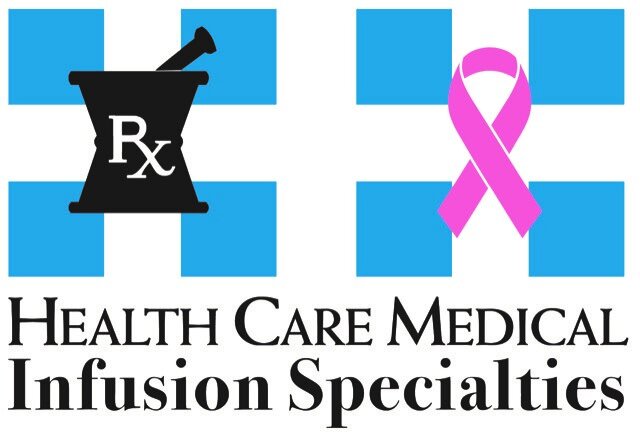Primary Immunodeficiency Awareness Month
What is a Primary Immunodeficiency Disease (PIDD)?
Primary Immunodeficiency Diseases (PIDD) include more than 500 chronic illnesses caused by hereditary or genetic defects in the immune system. Essentially, the white blood cells that are supposed to protect the immune system, do not function properly, so those affected have reduced abilities to guard against bacteria, fungi and other “invaders” that would otherwise be blocked or minimized in a healthy immune system. Since PIDDs compromise the immune system, they can lead to a higher incidence of contracting infections, development of chronic health problems, and long-term illness.
There are different infections in which a PIDD may present itself but signs and symptoms as well as associated infections tend to present on the skin, sinuses, throat, ears, lungs, central nervous system, urinary tract, and intestinal tracts.
Signs and Symptoms of a PIDD
The Immune Deficiency Foundation suggests asking your physician if a PIDD could be responsible for infections that are:
Severe, requiring hospitalization or intravenous antibiotics.
Persistent, not completely clearing up or clearing up very slowly
Unusual, meaning caused by an uncommon organism
Recurrent, meaning it keeps coming back
Runs in the family, meaning other family members have a similar susceptibility to infection.
Other signs of primary immunodeficiency include:
Swollen lymph nodes
Enlarged spleen
Enlarged liver
In addition to reducing the body’s ability to fight infection, PIDDs can also cause antibodies to form that fight themselves (autoantibodies). This can lead to inflammation in the blood vessels, intestines, or joints.
PIDD Treatment
· Antibiotics – a course of oral antibiotics may or may not work for specific incidences of PIDD flares depending on their severity. You may also need to take oral antibiotics longer than usual. With more severe PIDD, IV antibiotic therapies will be introduced to deliver the antibiotics directly to the bloodstream.
Immunoglobulin therapy - Immunoglobulin (IG) consists of antibody proteins needed for the immune system to fight infections. Intravenous IG or IVIG can either be injected into a vein through an IV line or inserted underneath the skin (subcutaneous infusion). IV treatments are typically every 3 or 4 weeks, and subcutaneous infusion is needed once or twice a week.
Rebuilding the immune system - In some circumstances there may be an option for a permanent cure, such as stem cell transplants, thymic transplant, or gene therapy.
Why the Zebra?
According to the Immune Deficiency Foundation, the “zebra” was taken from a concept physicians learn in medical school – “when you hear hoof beats, think horses, not zebras,” and are told to focus on the likeliest possibilities when making a diagnosis, not the unusual ones. However, sometimes physicians need to look for a zebra. Patients with PIDDs are the zebras of the medical world. Advocating for yourself is extremely important, so when you have a challenging infection, ask your physician to “act like a zebra”!
About Health Care Medical Infusion Specialties
We hope that this blog post has helped you understand the benefits of infusions at home. If you have any questions or would like to learn more about our IVIG services, please contact us today! Health Care Medical Infusion Specialties provides a full team of home infusion nurses with special infusion certifications to help you every step of the way with IVIG therapy.
